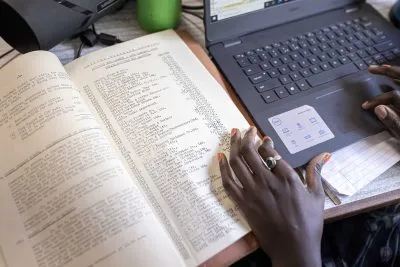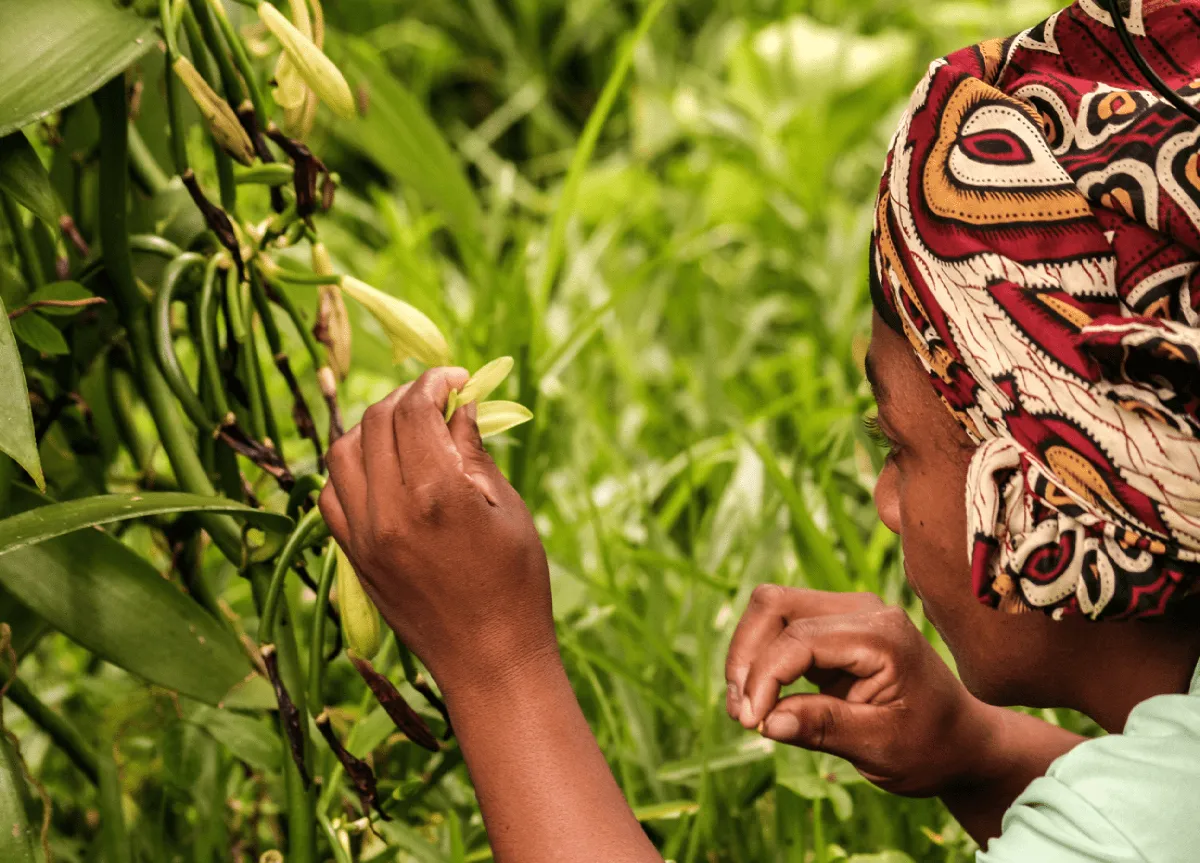Mobile money transfers, pioneered by Kenya’s Safaricom and now replicated by a number of other operators, has become more successful than could have been imagined possible.
In 1998 Africa had less than 2m mobile phone subscribers. Come 2011 and the number had risen to over 500m cellular phone subscribers making it, according to the International Telecommunications Union (ITU) as the region with “the highest growth of mobile phone usage in the world”.
According to the World Bank, Nigeria, South Africa, Kenya and Ghana are the biggest mobile phone markets in Africa today. Kenya, Tanzania, Uganda and Rwanda currently have a combined active mobile subscriber base of 69.4m. Of these, Kenya leads with 29.2m subscribers. Tanzania comes second (21.2m) followed by Uganda (14.7m) and Rwanda (4.3m) subscribers.
However, and in direct contrast to the mobile market, East Africa as a whole has a total of 14.5m bank account holders out of a population of 120m. This supports the position held by the African Development Bank (AfDB) that much of Africa’s population remains largely unbanked. According to Peter Ondiege, the Chief Research Economist at AfDB, only 20% of African families have a bank account.
This is, however, changing rather fast with mobile phones opening a new frontier in banking services.“Given the successful stories in Kenya and South Africa, m-banking services are likely to reduce, by more than half, the number of the unbanked African population,” says Ondiege.
Some years back, to open a bank account or transfer cash involved standing in long queues and waiting for days. Today this has become so outdated that for many of the youth, such stories remain in the realm of myth and legend.
The mobile phone has entirely changed the story of banking in Africa. Today a cellular phone is an all-purpose bank account, an ATM and an Electronic funds transfer (EFT) gadget all rolled into one.
One of the major factors contributing to the growth of cellular phone usage in Africa has been attributed to mobile money. The numbers tell it all. Safaricom’s M-Pesa (mobile money transfer platform), which is popular in East Africa, is testament to this fact. Eight months after inception in 2007, M-Pesa had registered some 1.1m subscribers and transferred $87m. By September 2009, M-Pesa system handled $3.7bn in transfers and its subscriber base had swelled to 8.5m. Today Safaricom has a subscriber base of some 17.3m with M-Pesa subscribers hitting 14m (fig for transfers?)
M-Pesa’s overwhelming success has spawned other similar ventures, including notably Yu-Cash by Yu, owned by Essar Telecoms, Airtel-Money run by Bharti Airtel and Orange Money run by Orange Group.
Globally, according to the World Bank, there are 60m mobile money users in the world. Of these, according to the Communications Commission of Kenya (CCK), the country’s mobile money subscriptions stand at 18.9m. This means that Kenya controls 31.5% of the global mobile money market.
Major players
The major mobile money operators in East Africa include the UK’s Vodafone (which has a substantial stake in Safaricom Kenya and Vodacom Tanzania), India’s Bharti Airtel (which run Airtel) and Essar Telecoms (who own Yu network), South Africa’s MTN and France telecom (who have substantial stakes in Orange).
M-Pesa which started as a person-to-person payment platform, has evolved to a point when corporates can pay staff salaries and customers can pay off their utility bills.
As a result of the expotential success of M-Pesa, the World Bank head hunted the former Safaricom CEO, Michael Joseph, to help it replicate the M-Pesa model in other developing nations in line with the World Bank’s objective of alleviating poverty and deepening financial services among the unbanked majority.
Mobile money has found a warm welcome in several African nations such as South Africa, Kenya, Tanzania, Uganda, Senegal, Sierra Leone, Mali, Niger, Côte d’Ivore and Madagascar.
Banks enter the fray
Major banks, initially sceptical about the system, were quick to change track when the benefits of the system became clear. Many rushed to embrace the new technology and adapt to the new realities, triggering fierce competition not only among banks but also with mobile operators.
Equity Bank, Kenya Commercial Bank (KCB), National Bank of Kenya, Family Bank and Co-operative Bank are the five major banks in Kenya that have been quick to integrate mobile money into the mainstream services they offer.
Equity Bank, stands out in its endeavour to capitalise on the opportunities offered by newer forms of technology. A joint mobile-money and m-banking facility, M-Kesho (‘Mobile tomorrow’ in Kiswahili) initiated by Safaricom and Equity Bank is an easy to operate account, free of the rigid banking procedures using an M-Pesa account.
Equity Bank’s launch of M-Kesho in May 2010 was closely followed by the bank partnering Telkom Kenya to inaugurate Orange Money in East Africa in November 2010. Orange Money was first launched in 2008 in francophone Africa and the Middle East by the Orange Group.
These two initiatives have propelled Equity Bank’s account holding from 4.4m in 2009 to 5.9m in December 2010 and by June 2011, Equity Bank had registered some 6.3m accounts. Mobile banking has helped Equity Bank to become East Africa’s largest bank by customer base.
The convenience and accessibility of mobile money is further enhanced by the presence of over 25,000 M-pesa agents across Kenya, as compared to 850 bank branches countrywide.
M-pesa, which began as a service for poor, unbanked communities to access banking services, is now the subject of study by Harvard Business School, Stanford University, Massachusetts Institute of Technology (MIT), Bill & Melinda Gates Foundation, UN Economic Commission for Africa (UNECA), UN Foundation, the World Bank and even the African Development Bank (AfDB).
According to the World Bank, M-Pesa has overtaken its global rival, Western Union, handling half of all mobile money transactions taking place in Kenya. At present the annual transfers in Kenya alone have reached the $10bn mark and are still growing. Tavneet Suri, a professor at MIT’s Sloan School of Management, and her colleague, William Jack, a professor at Georgetown University, conducted two surveys of 3,000 households in Kenya: the first was in 2008, the second in 2009. They found that nearly 60% of Kenyan households use M-PESA for person-to-person transfers, as well as to pay for everything from school fees to mobile phone credit to electricity bills. Their research, The Risk Sharing Benefits of Mobile Money, was published in 2011.
“Kenyans find using M-Pesa faster, more reliable, and more convenient than a traditional bank,” says Suri. “In Kenya, if you want to transfer money from your bank, you need to travel long distances, stand in line with a fistful of cash, and fill out a bunch of paperwork. M-Pesa agents, on the other hand, are often found at gas stations and grocery stores, and some are open 24-hours a day. Although M-Pesa balances do not earn interest, the service has some of the functions of a bank account but is much easier to access, and much easier to manage.”
According to their survey, the vast majority of Kenyans – over 80% – stash some of their money “under the mattress”, but M-Pesa is fast becoming an important savings tool. In 2008, about 75% of users said they used M-Pesa for saving, and by 2009 this increased to 81%.
By that year, half of all households said M-Pesa was one of their two most important savings instruments. “People are able to amass savings on their M-Pesa accounts over time,” says Suri. “By providing a safe storage mechanism, the service could increase net household savings over the entire population.”
However the one critical component that has enabled mobile money to take root in East Africa and to thrive to levels that compete favourably globally has been the prevailing regulatory framework by the Central Bank of Kenya. It is being fast replicated in the region. In other words, the mobile phone is fostering the deepening of the financial sector in the continent aided by a friendly legal system.
Wolfgang Fengler, World Bank’s Lead Economist in Kenya, sums it pretty well. “The success of mobile money gives Kenya a global profile, which is only matched by the successes of its long-distance runners.”
Ondiege says. “Such a transformation is of interest to banks, microfinance institutions, governments, financial regulators and development partners.”
Indeed, the volumes transferred through mobile carrier platforms and the bulk of business transacted is worrying the World Bank and IT security experts in East Africa. The World Bank is worried at the almost monopolistic control enjoyed by Safaricom’s M-Pesa, which commands a 68% dominance of the market.
Safaricom has scoffed at this assertion and challenged the World Bank to show proof. Bob Collymore, Safaricom’s CEO, says. “The World Bank should show us where this model has been implemented, which there isn’t, since the M-Pesa model is the most successful.”
For their part, IT specialists are calling for more vigilance against cyber crime. Addressing a meeting of the East African Community (EAC) Task Force on Cyber Laws, EAC’s Dr Enos Bukuku. deputy secretary general in charge of infrastructure and planning, said of M-pesa’s transactions, “This volume of business must be anchored on an effective regulatory framework and a robust cyber laws regime.”
Want to continue reading? Subscribe today.
You've read all your free articles for this month! Subscribe now to enjoy full access to our content.
Digital Monthly
£8.00 / month
Receive full unlimited access to our articles, opinions, podcasts and more.
Digital Yearly
£70.00 / year
Our best value offer - save £26 and gain access to all of our digital content for an entire year!
 Sign in with Google
Sign in with Google 



